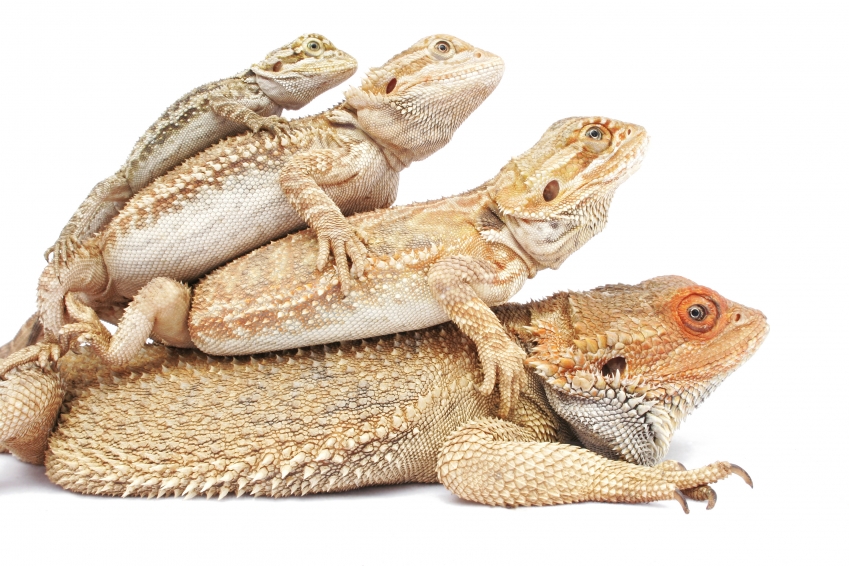The Ultimate Guide to Bearded Dragon Bacterial Infection: Symptoms, Prevention and Treatment
Introduction
Bearded dragons are one of the most popular reptile pets in the world. They are known for their unique personalities and easy-to-maintain care. However, like all pets, bearded dragons are vulnerable to bacterial infections. Bacterial infections in bearded dragons can be serious and life-threatening if left untreated. In this guide, we’ll cover everything you need to know about bearded dragon bacterial infection, including its symptoms, prevention, and treatment.
What is a Bacterial Infection in Bearded Dragons?
Bacterial infection is a common ailment in bearded dragons. It is caused by the buildup of bacteria in their system, leading to various infection symptoms. A bacterial infection can be caused by unhygienic living conditions or external factors such as feeding them contaminated food. Bearded dragons are particularly vulnerable to bacterial infections if their habitat is not clean or they have an unbalanced diet.
Symptoms of Bearded Dragon Bacterial Infection
One of the most common infections in bearded dragons is the bacterial respiratory infection that affects their lungs or airways. You must be aware of the symptoms of a bacterial infection to help your bearded dragon get timely treatment. Common symptoms include:
- Lethargy and lack of appetite
- Difficulty breathing or wheezing
- Runny nose and bubbles in their nostrils
- Inflammation or discharge from eyes or ears
- Abdominal bloating or swelling
- Discoloration in their faeces or urates
- Frequent or prolonged gaping

Diagnosing a Bacterial Infection in Bearded Dragons
If your bearded dragon experiences any of the symptoms mentioned above, consider taking them to a reptile expert or a veterinarian who is trained to provide care for reptiles. They can carry out some diagnostic tests such as a fecal or blood test, x-ray, or ultrasound to identify the type of bacterial infection affecting the bearded dragon.

Prevention of Bacterial Infections in Bearded Dragons
Prevention is always better than cure, and taking good care of your bearded dragon’s health can go a long way in preventing bacterial infections. Here are some measures you can take to minimize the risk of bacterial infections in bearded dragons:
- Maintain clean living conditions, including the enclosure and the feeding area
- Keep the terrarium at an appropriate temperature and humidity
- Ensure your bearded dragon has access to clean water
- Feed your bearded dragon a balanced diet without including contaminated or spoiled food
- Regularly clean and disinfect their habitat and accessories
Treating a Bacterial Infection in Bearded Dragons
If a bacterial infection is detected in the early stages, it can often be treated successfully. Treatment for bacterial infections in bearded dragons can include:
- Antibiotics such as Chloramphenicol and Baytril
- Cleaning and disinfecting the enclosure and accessories thoroughly
- Regular baths in warm, shallow water to help soothe their skin and relax their muscles
- Feeding your bearded dragon high-quality and easily digestible food

Conclusion
Bearded dragons are fascinating pets, and with proper care, they can live long and healthy lives. However, like all pets, they can suffer from bacterial infections. It’s essential to detect the symptoms of bacterial infections in bearded dragons early to prevent the condition from escalating. By maintaining clean living conditions and seeking prompt veterinary care, you can help ensure your bearded dragon lives a happy, healthy, and bacterial-infection free life.
